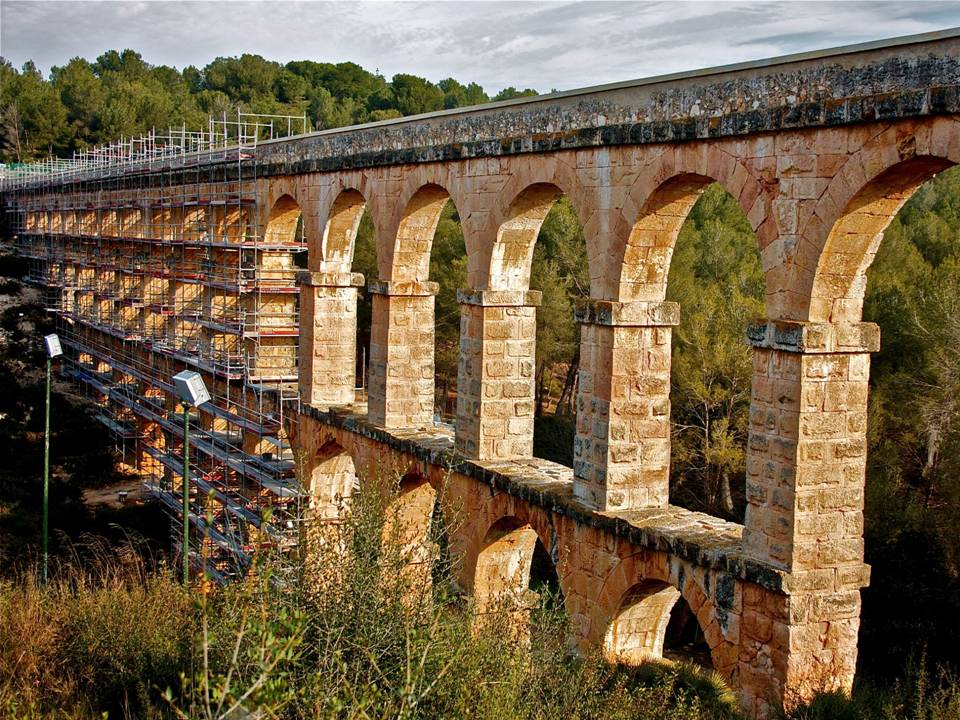
The city of Rome was built near the salt-pans of Ostia, at the mouth of the river Tiber. No doubt this location was chosen not only because it made an excellent port, but also because it meant not having to rely on Etruscan salt.
Rome slowly started annexing the territories around the city but by the 3rd century BC it was ready to take on the Mediterranean, absorbing the great Greek and Phoenician civilizations through a series of wars.
What drove the Romans' need to expand their territory? Write an idea in the Facebook group.
When you have completed the task go to the next page. Next page
Please refer to the lecture notes (available through Blackboard - only accessible to registered students)